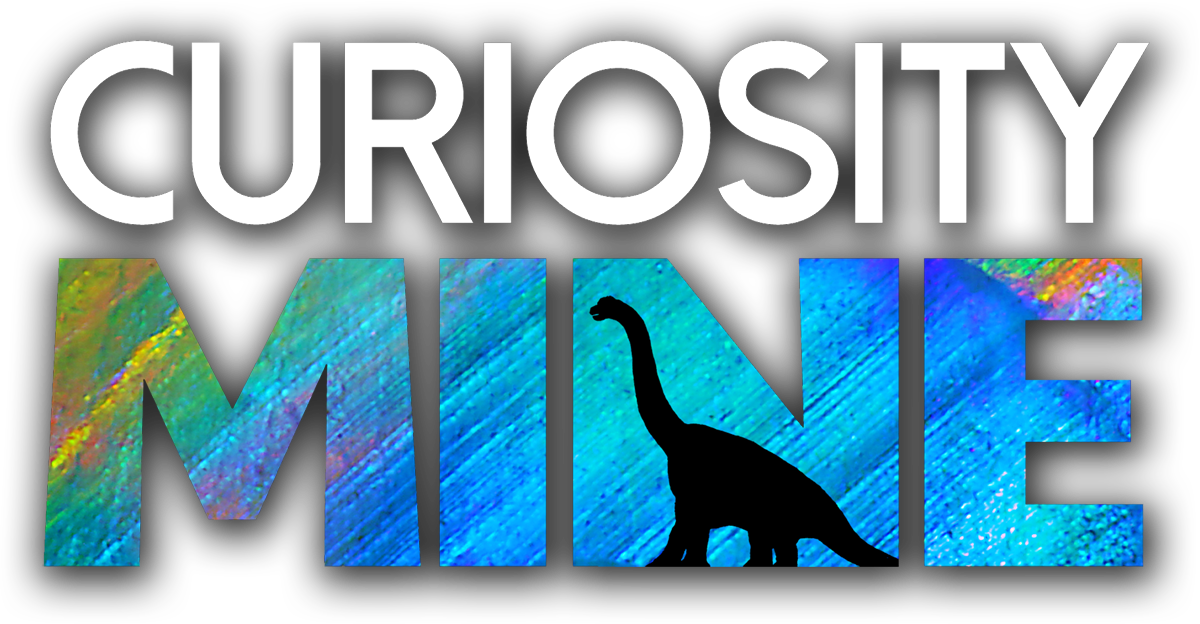What's it like to Live in a Train? →
Graeme Anderson is a retired potter from Lightning Ridge, who creates amazing and unique opal clay pots. He also lives in a grouping of old Sydney train carriages, which he collected when they were retired from the network in 1992.
In this video we chat with Graeme about his unique home, and the challenges he had to overcome to make it a comfortable place to live.
Lightning Ridge is home to at least 20 former Sydney Network carriages, most of which have been converted into homes or workspaces.
Check out The Science of Pots, in which Graeme describes his process for making amazing glazed pots from Lightning Ridge opal clay: https://www.youtube.com/watch?v=GsEfR...
Also, you might like a tour of the 900 Class DEB Set Restoration project, a 1950s passenger train being restored by volunteers: https://www.youtube.com/watch?v=qtWoq...































































